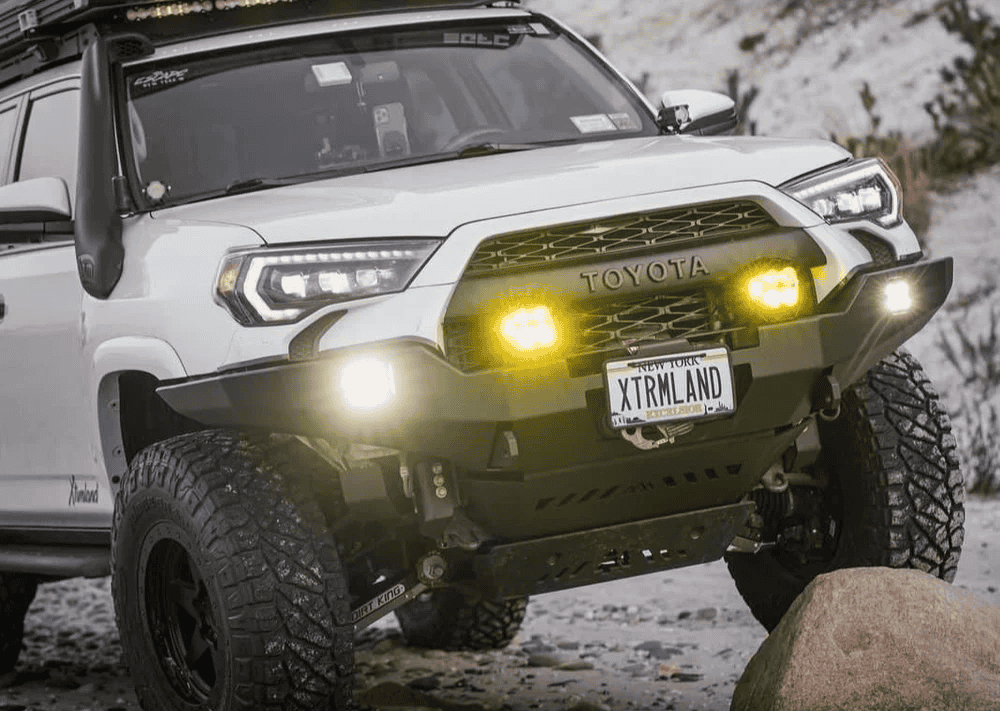Overland Vehicles

Big families often start with a simple question: can one truck carry six people to camp and still handle rough tracks with confidence. The answer lives at the intersection of seating, payload, and layout. Crew cabs solve the seat belt challenge, but they add weight and wheelbase, which influences handling on rocky climbs and tight switchbacks. A strong foundation matters, so many look to three quarter ton or one ton platforms that offer payload headroom for a camper, gear, and water without pushing limits. The goal is balance, not brute force, so every choice from tire size to storage must protect weight distribution and center of gravity.
Pick the truck by payload first, then by brand loyalty. Check the door jamb sticker and compare it with camper weight, passengers, fuel, water, tools, and recovery gear. Long bed frames often pair well with slide in or flatbed campers while keeping weight forward of the rear axle. Flatbed systems can widen the floor plan and storage volume, which helps when you want real beds for kids. Crew cab adds seats but also shifts weight and increases turning radius, so plan routes and parking with that in mind.
A family loaded truck benefits from matched springs, quality shocks, and proper sway control that maintain composure on washboard and rutted forest roads. Tires in an all terrain pattern with strong load ratings give grip without the drone of aggressive mud patterns. Underside armor for the engine, transmission, and tank, plus rock sliders and a front recovery point, protects the big parts that keep a trip moving. Aim for a moderate lift and correct alignment so braking, handling, and tire wear stay predictable with the camper on.
Keep heavy items low and forward, and avoid stacking dense gear high in the rear overhang. Mind the camper’s center of gravity mark relative to the axle. Upgrade pads and cooling where available, and tap engine braking on long descents. A thoughtful layout keeps meals, bedding, and recovery tools accessible without repeated climbs in and out that sap energy on travel days.
Sleeping six inside a truck shell is a puzzle that can be solved with a 4 bed camper plan. A cabover bed handles two adults. A convertible dinette can handle two kids. Compact bunks, drop down platforms, or a transverse kid hammock can add two more spots. Another approach uses a modular platform system where one lower bed and one upper bunk fold away when not in use, opening floor space. Some families place two sleepers in a small, low profile rooftop tent or an annex room to keep the interior calmer at bedtime, while the main living space stays warm and organized.
Space must also serve daytime needs. A compact galley with a single burner induction cooktop and sink preserves room for the dinette. Soft storage for clothing above the dinette keeps weight light high on the walls. A cassette or dry flush toilet in a slide out compartment saves floor space. Small touches like blackout shades, quiet fans, and dimmable lights help kids settle and let adults keep a watchful, relaxed pace in the evening.
A family of six draws more energy and water than a couple, so size systems with that reality. A lithium bank sized for cooking, lights, fans, and device charging paired with roof solar and alternator charging creates reliable autonomy. Add a pure sine inverter sized to your cooktop and a DC DC charger tuned for the truck’s alternator. Diesel or gas air heaters sip fuel and keep the interior cozy at altitude. Venting and air movement matter, so plan for an efficient roof fan and strategic window placement for cross flow.
Water planning starts with storage and filtration. Around thirty to fifty gallons across two tanks helps ballast and supply cooking, dishes, and quick rinses without waste. Gray management can be internal or external based on climate. A compact indoor shower space or simple rinse station at the rear door both work, depending on climate and privacy needs. With kids, quick drying surfaces and ample hooks are worth their weight in calm mornings.
Trail width and height deserve attention too. A tall camper can brush limbs and change the feel on off camber sections. Keep the rear overhang tidy to improve departure angles, and mount the spare where it stays reachable with a full load. Recovery boards and a shovel often solve the common stuck without calling for a winch.
Planning details get you most of the way there. Practice campsite routines close to home, trim gear that does not earn its keep, and fine tune bed setups for quick convertibility. The best offroad truck campers for families make bedtime simple and mornings smooth so driving hours stay shorter and smiles last longer.
Families who want expert help translating these choices into a finished build can review OZK’s approach to Overland rigs. If you want a trail ready layout, see how a Custom overland upfit balances payload, comfort, and safety. Curious about process and outcomes before you commit, visit Why choose OZK for a look at philosophy and results.
When you are ready to spec your off road camper truck for a family of six, share your routes, seasons, and must have features. We will map chassis, 4 bed camper options, and systems that fit your crew, then build a rig that feels calm on the highway and composed on the trail.
Ready to turn your family travel plan into a dialed, trail tested build? Share your passenger count, terrain goals, and comfort must haves. OZK Customs will engineer the right chassis, layout, and systems, then guide you from concept to handoff with zero guesswork. Tell us how you roll and we will design the rig that fits.
ADDRESS:
6159 E Huntsville Rd, Fayetteville, AR 72701
PHONE:
(479) 326-9200
EMAIL:
info@ozkvans.com